WELCOME TO 3XL DIGITAL SERVICES IN UAE > cONTACT US ON: +971 56 829 0056
Life on Wings: What Birds Teach Us About Engineering Flight
From the effortless glide of an albatross over the ocean to the hummingbird's agile hovering, birds have mastered the art of flight in ways that continue to inspire human innovation. For centuries, engineers and scientists have turned to avian anatomy and behavior to inform the design of aircraft, drones, and next-generation aerial vehicles. In an era of bio-inspired design, nature has become one of our most sophisticated laboratories.
Ghulam Abbas, Abu Dhabi, UAE
5/8/20254 min read
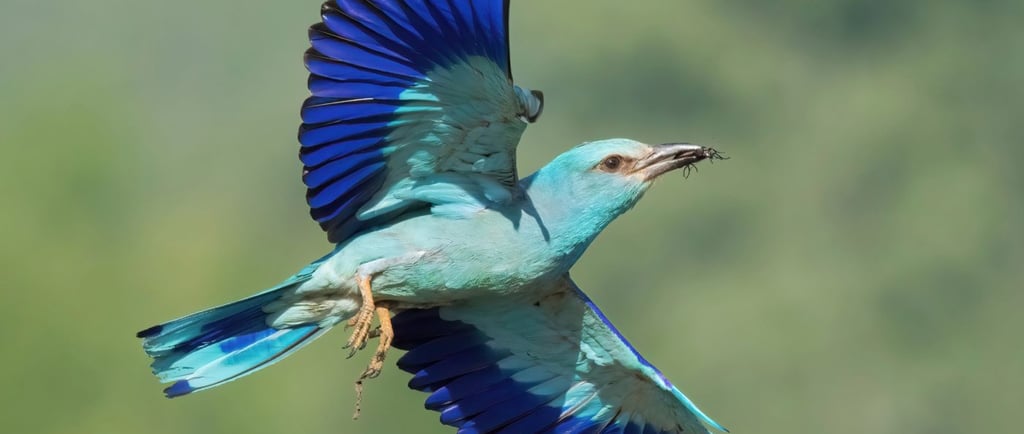

Inspired by bird flight, engineers have recently enhanced remote-controlled aircraft performance by adding rows of covert-inspired flaps to airplane wings.
From the effortless glide of an albatross over the ocean to the hummingbird's agile hovering, birds have mastered the art of flight in ways that continue to inspire human innovation. For centuries, engineers and scientists have turned to avian anatomy and behavior to inform the design of aircraft, drones, and next-generation aerial vehicles. In an era of bio-inspired design, nature has become one of our most sophisticated laboratories.
Birds possess a set of natural engineering features that make flight not only possible but extraordinarily efficient. Lightweight, hollow bones reduce body mass. Feathers, with their unique structure of barbs and hooks, provide lift and maneuverability. Wings are not uniform across species: long, narrow wings suit gliders like albatrosses, while short, rounded wings give sparrows their darting agility.
One key feature is the asymmetric wing shape, or airfoil, which allows air to move faster over the top surface, generating lift. This same principle underpins the wings of modern airplanes. Engineers mimic this curvature to ensure aircraft achieve and maintain lift during flight.
Anatomy of Flight: Nature's Engineering Marvel
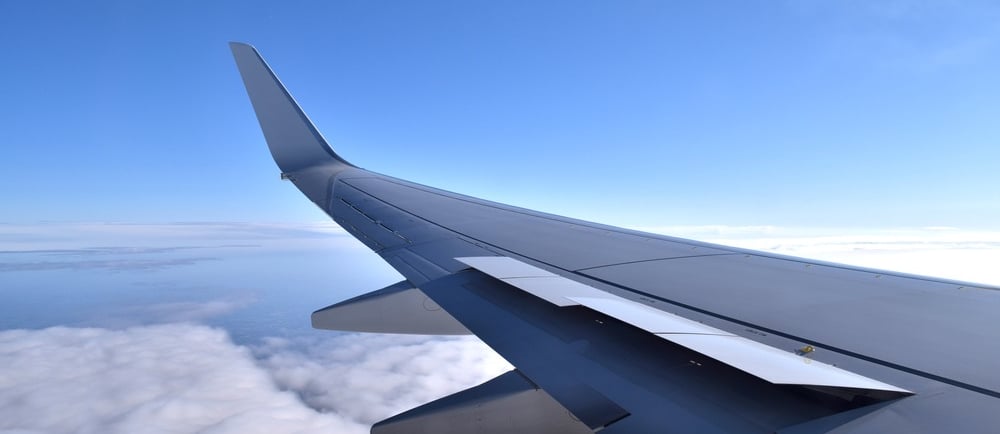

A modern aircraft wingtip designed to reduce drag and increase fuel efficiency—directly inspired by the way birds manage airflow with their feathers.
Perhaps the most direct application of bird-inspired design is the airplane wing. Early aviation pioneers like the Wright brothers studied pigeons in flight. Modern aircraft still use fixed-wing designs that emulate the gliding motion of large birds.
The winglet, a small vertical extension at the tip of airplane wings, was inspired by observations of bird flight—particularly how birds reduce drag by adjusting their wingtip feathers. These additions reduce vortex drag and improve fuel efficiency, proving that small biological details can yield major engineering improvements.
Birds and Aircraft: Biomimicry in Action
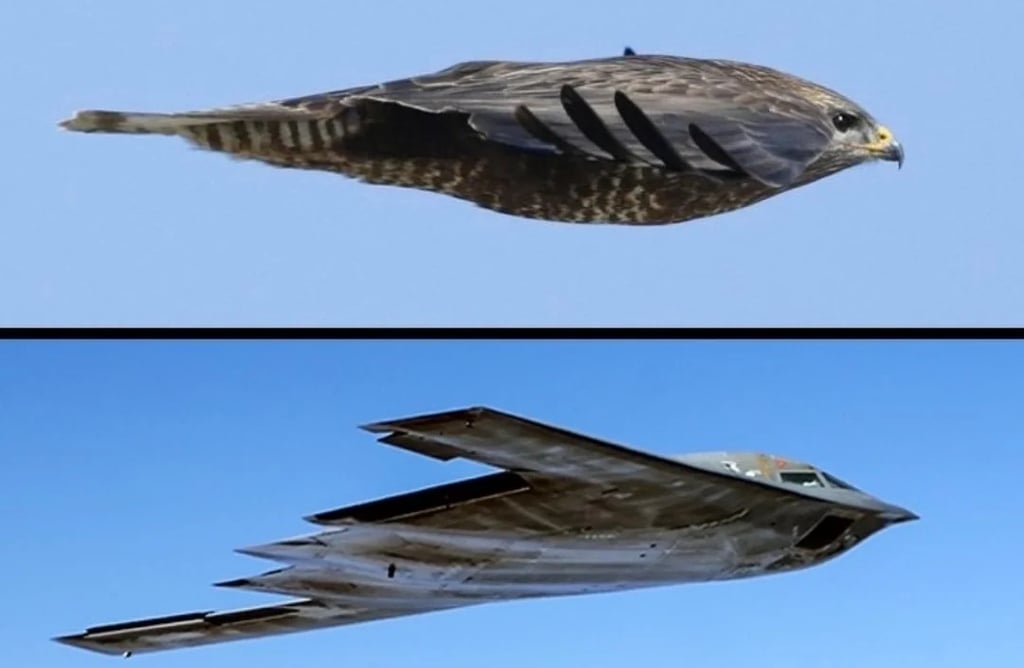

The way how the shape of b-2 spirit mimics a real bird
Birds have also informed the development of unmanned aerial vehicles (UAVs), especially those that need to navigate complex environments. Designers of flapping-wing drones, or ornithopters, draw from the wingbeat patterns of birds like swifts and starlings.
For example, researchers at Stanford University developed a drone with a morphing wing inspired by the swift’s ability to change wing shape mid-flight, enhancing stability and maneuverability. This approach, called "morphing-wing technology," aims to create aircraft that can dynamically adapt to wind conditions, much like birds do.
Drones and the Next Generation of Flight
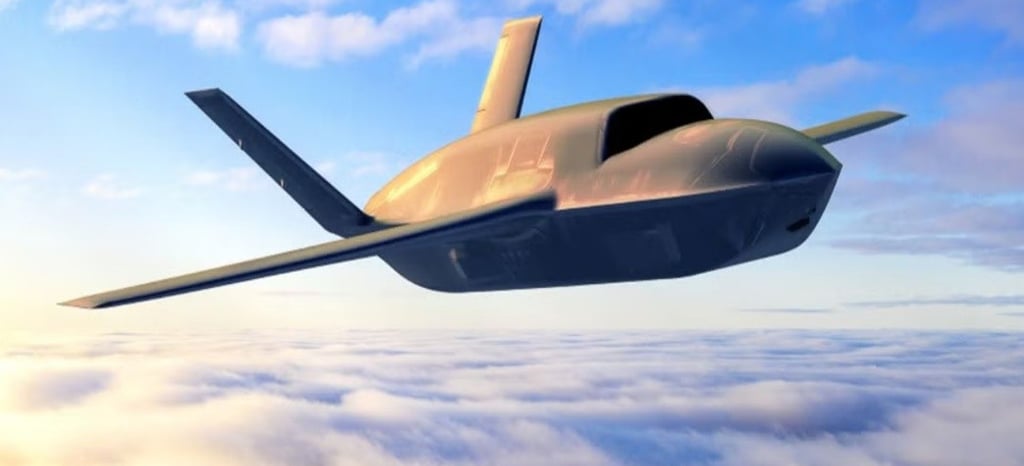

The World’s First ‘Fighter Drones’ Are Coming. We’re Entering a ‘New Chapter of Aerial Warfare’ for America.
Wind tunnels are often used to study bird flight mechanics and validate designs. In controlled environments, scientists capture high-speed video of birds in flight, measure airflow using smoke trails, and create detailed models of how feathers respond to wind forces.
These studies have revealed insights such as the role of feather flexibility in energy conservation and how birds subtly shift their wing shape to manage turbulence. Such data feeds directly into software simulations and machine learning models used by aerospace firms.
Wind Tunnels and Simulations: Testing the Avian Model
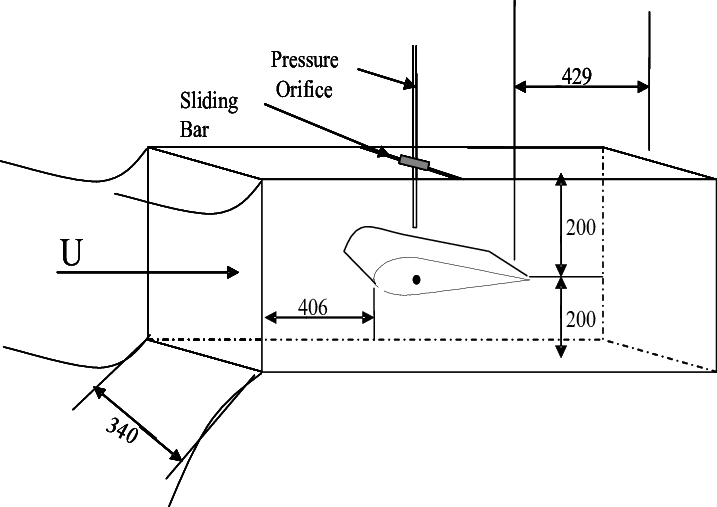

Schematic diagram of wind tunnel test section
The next frontier involves soft robotics, where flexible materials mimic the organic movement of living creatures. Birds like owls, known for their near-silent flight, are influencing stealth drone design. Engineers are experimenting with feather-like materials to reduce noise from drone propellers, opening up possibilities for quiet surveillance or wildlife monitoring.
Other researchers are exploring the self-healing properties of feathers, hoping to design aircraft skin that can withstand minor damage and repair itself—reducing maintenance costs and improving safety.
The Future: Soft Robotics and Silent Flight
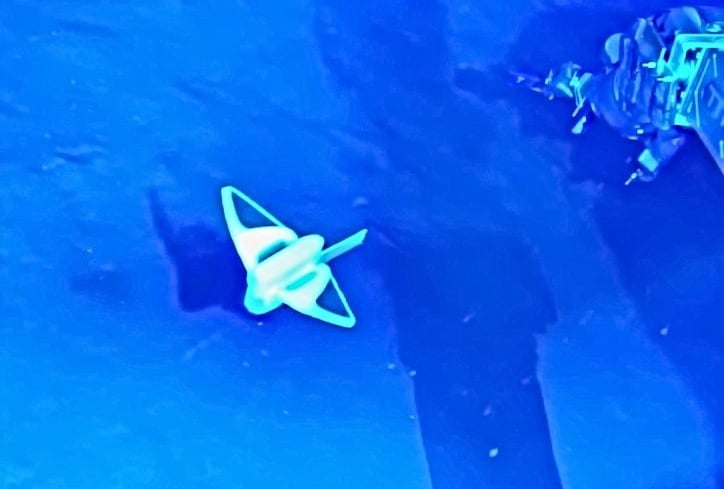

New "Soft Robot" Conquers the Deepest Part of the Ocean
Flight, once the domain of mythology and dreams, is now a field where nature's age-old designs meet human creativity. Birds are more than biological wonders—they are design blueprints, performance models, and sources of endless innovation. As engineers continue to explore what wings can do, they’re increasingly finding that the best ideas have already taken flight in the natural world.
Conclusion: Nature as Teacher


Bringing Nature into the Classroom
By
Ghulam Abbas,
Abu Dhabi, UAE
Web Designing and Hosting
Reliable web designing and hosting with free domain and emails.
Contact
Services:
3xl@poineers.com
+971 56 829 0056
© 2024. 3XL Digital UAE. All rights reserved.
Web Designing and Hosting
Domain and Business Email Management
SEO and SSL Management
Email Marketing and Campaigns Management
Marketing and Advertising
Social Medial Management
